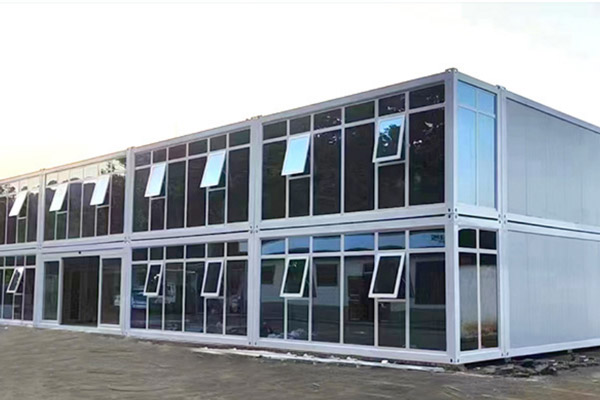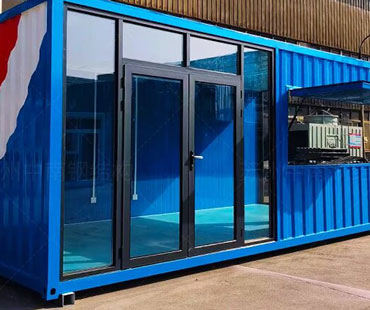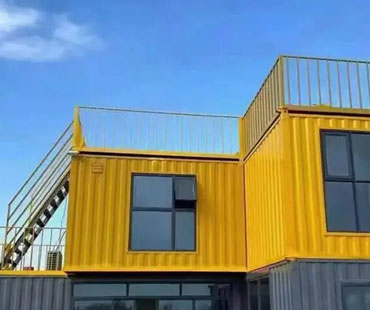In recent years, the urgency for sustainable practices has permeated every industry, and transportation is no exception. With the global logistics sector contributing significantly to carbon emissions, the adoption of green containers has emerged as a pivotal solution to enhance sustainability in freight transport.
Green containers are designed with eco-friendly materials and technologies that minimize their environmental impact throughout their lifecycle. Unlike traditional containers, which are often made from heavy steel and treated with harmful chemicals, green containers utilize sustainable materials, such as recycled plastics and biodegradable composites. Additionally, innovations in design and technology contribute to their efficiency and reduce their carbon footprint during transportation.
The Benefits of Green Containers
1.Reduced Carbon Emissions: One of the primary benefits of green containers is their potential to significantly reduce carbon emissions. By using lighter materials, these containers decrease the overall weight of cargo, leading to lower fuel consumption during transport.
2.Recycling and Reusability: Green containers are often constructed from materials that are easier to recycle. This not only reduces waste but also promotes a circular economy where materials are reused, further minimizing the demand for new resources.
3.Enhanced Energy Efficiency: Many green containers are designed to optimize energy use, incorporating features like solar panels or wind turbines. These innovations can power refrigeration units and other onboard systems, reducing reliance on fossil fuels.
4.Compliance with Environmental Regulations: As governments worldwide impose stricter environmental regulations, adopting green containers can help logistics companies stay compliant. This proactive approach not only mitigates the risk of fines but also enhances a company’s reputation.
5.Cost Savings Over Time: Although the initial investment in green containers may be higher than traditional ones, the long-term cost savings can be substantial. Reduced fuel consumption, lower maintenance costs, and potential tax incentives for sustainable practices contribute to a positive return on investment.

Innovations in Green Container Technology
The development of green containers has spurred numerous innovations within the industry. For instance, companies are experimenting with modular designs that allow for easy repair and modification, extending the lifespan of containers. Smart technology is also being integrated, enabling real-time monitoring of cargo conditions and optimizing routes to reduce energy consumption.
Additionally, some manufacturers are exploring the use of alternative fuels, such as biofuels and hydrogen, for transportation. These fuels can further decrease the carbon footprint associated with shipping goods around the globe.
The Role of Stakeholders in Promoting Green Containers
The transition to green containers involves various stakeholders, including shipping companies, manufacturers, and consumers. Shipping companies play a crucial role by investing in green technologies and adopting sustainable practices. Manufacturers must innovate to produce eco-friendly materials and designs that meet the needs of the logistics sector.
Consumers, on the other hand, can drive demand for sustainable practices by choosing products from companies that prioritize environmental responsibility. As awareness of climate change grows, consumers are increasingly willing to support businesses that demonstrate a commitment to sustainability.
The Future of Sustainable Transportation
The future of sustainable transportation lies in the widespread adoption of green containers and technologies. As the logistics industry continues to evolve, there is a growing recognition that sustainability is not just a trend but a necessity. Companies that prioritize green practices will likely gain a competitive edge in an increasingly eco-conscious market.
In conclusion, green containers represent a significant step towards a more sustainable transportation model. By reducing emissions, promoting recycling, and leveraging innovative technologies, the logistics sector can play a crucial role in combating climate change. The journey towards sustainable transportation is ongoing, but with the commitment of all stakeholders, the vision of a greener future is within reach. Embracing green containers is not merely an investment in the environment; it is an investment in the future of global trade and the health of our planet.


